- Home
- Storm Secrets: What Didn't Make the Book
Tornado vs Hurricane – 10 Amazing Facts
There are so many wild tornado and hurricane facts! We couldn’t fit them all in our book, so check out 10 of the best that didn’t make the cut below.
Storm Secret #1
Tornado Twins
Sometimes more than one tornado can bust out of a storm at once!
They can twist and twirl around each other like a dangerous dance party.
Check out the video Are “Twin Tornadoes Possible? on YouTube.
Learn more at NOAA Storm Prediction Center.
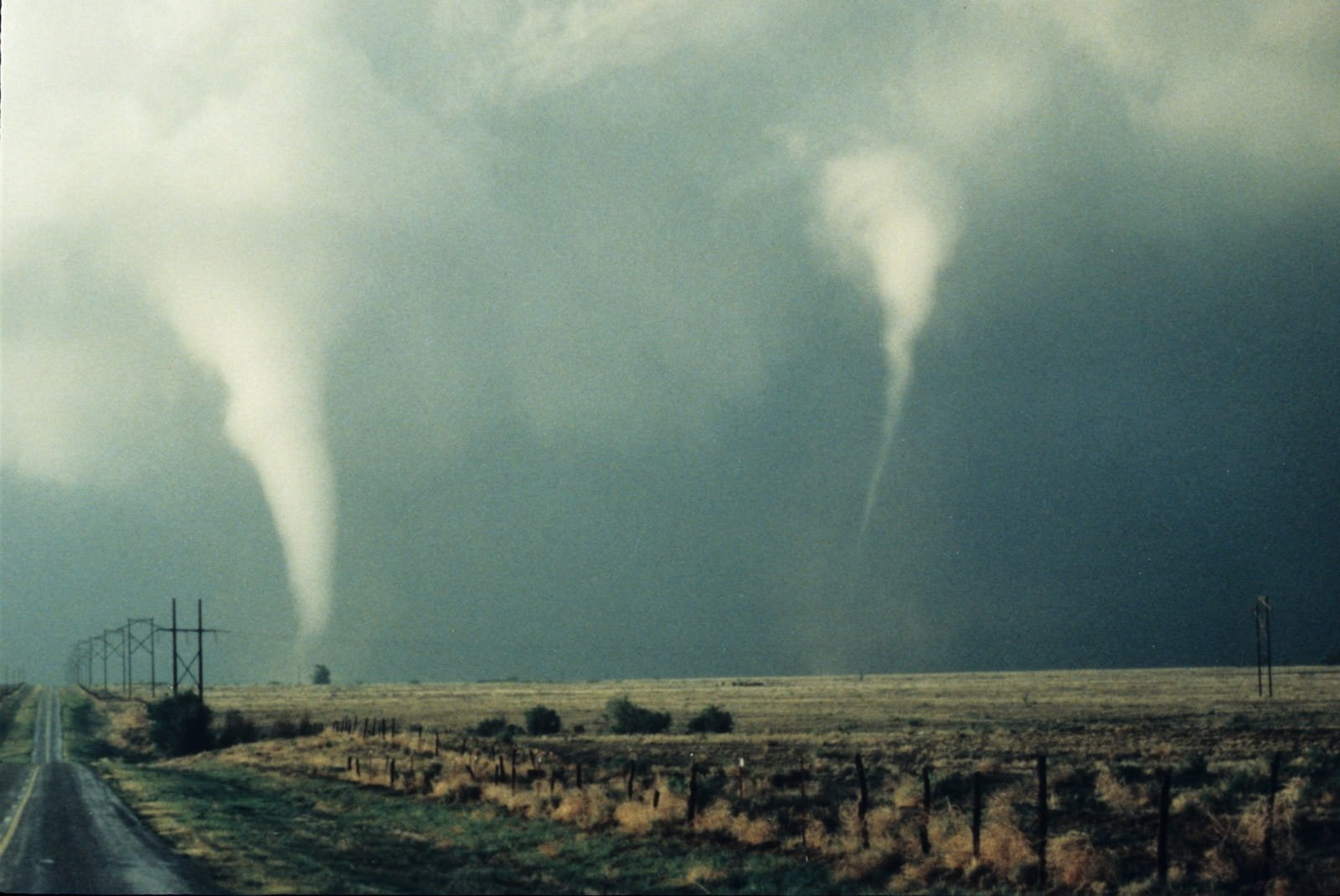
Image courtesy of NOAA Legacy Photo; OAR/ERL/Wave Propagation Laboratory. Public domain.
Storm Secret #2
Hurricanes Can Change the Shape of Land
Powerful hurricanes can wash away entire barrier islands. These long, thin islands protect the coast from strong waves.
Hurricanes can also carve new channels of water through beaches. Hurricane Katrina made parts of Louisiana’s coast look completely different.
Check out the power of a 15 foot (4.5 meters) storm surge in Florida!
Learn more at U.S. Geological Survey (USGS).
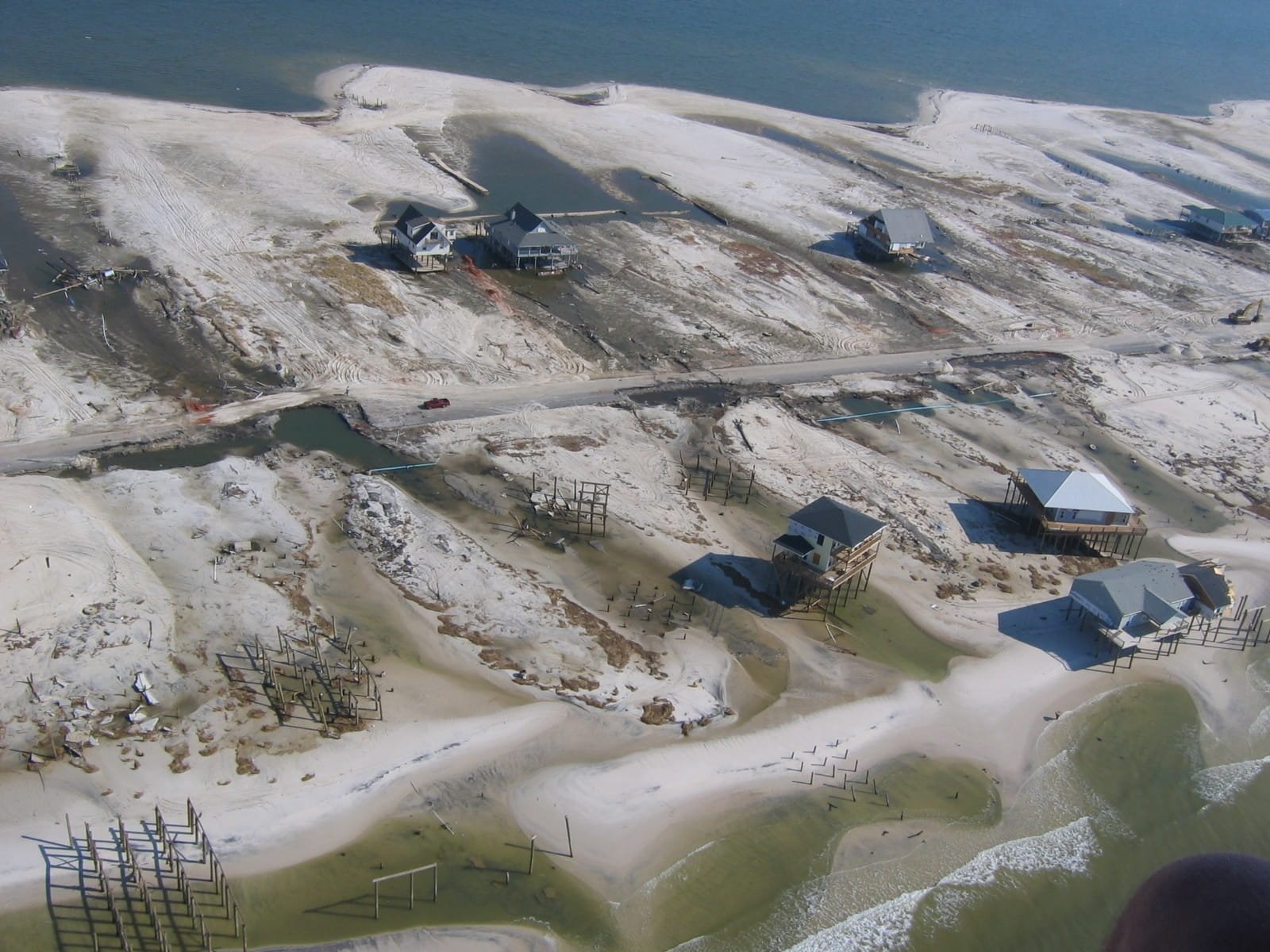
Image courtesy of Lieut. Commander Mark Moran, NOAA Corps, NMAO/AOC. Public domain.
Storm Secret #3
Tornado Cousins
A dust devil is kind of like a tornado, but they’re mostly harmless and do not come from thunderstorms.
Dust devils often form on hot, sunny days. The ground gets very hot and heats the air directly above it. This hot air begins to rise quickly in a spinning motion. It lifts dust and sand from the ground to look like a tiny dust tornado.
Check out this video of a real dust devil in Louisiana!
Learn more at National Weather Service (NWS).
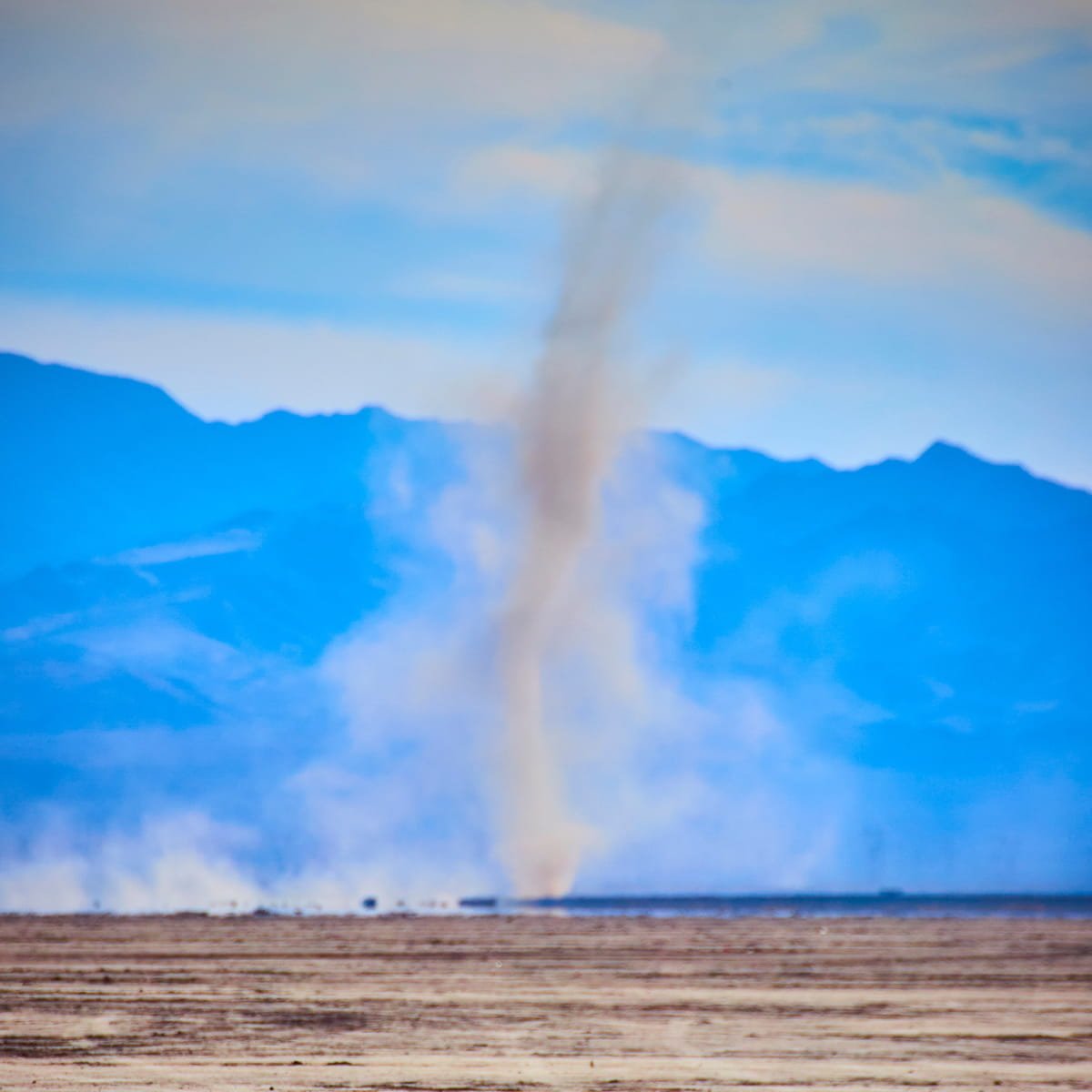
Storm Secret #4
Size of a Hurricane's Eye
Hurricanes come in many sizes, but here are some of the most common you’ll see.
The total size of most is about 300 miles (480 kilometers) wide. That would cover Ireland from top to bottom!
The calm, clear center of a hurricane, called the eye, is often 20-40 miles (32-64 kilometers) across. That’s about the width of some of the islands in Hawaii!
Check out this video from inside the eye of a hurricane!
Learn more at National Weather Service (NWS).
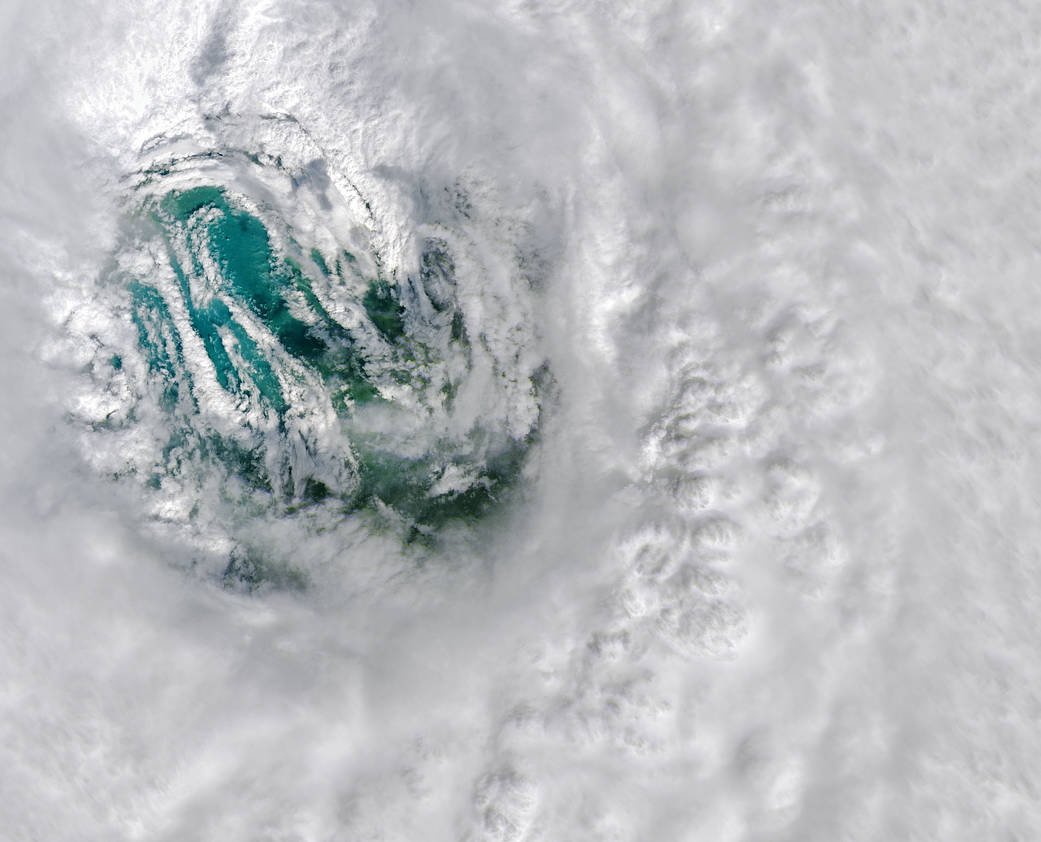
Image courtesy of NASA Earth Observatory image by Joshua Stevens, using Landsat data from the U.S. Geological Survey. Public domain.
Storm Secret #5
Tornado Delivery Service
Tornadoes can carry things super far away. They’ve tossed pieces of paper, like checks, over 100 miles (160 kilometers)! That’s about the distance you would drive in a car on the highway in an hour and a half!
Other things have been found far from home, too. People have found a jacket that was tossed almost 20 miles (32 kilometers), and a flag from a golf course that landed 43 miles (69 kilometers) away!
Check out this video about how junk from a tornado closed an airport!
Learn more at Tornado Debris Project.
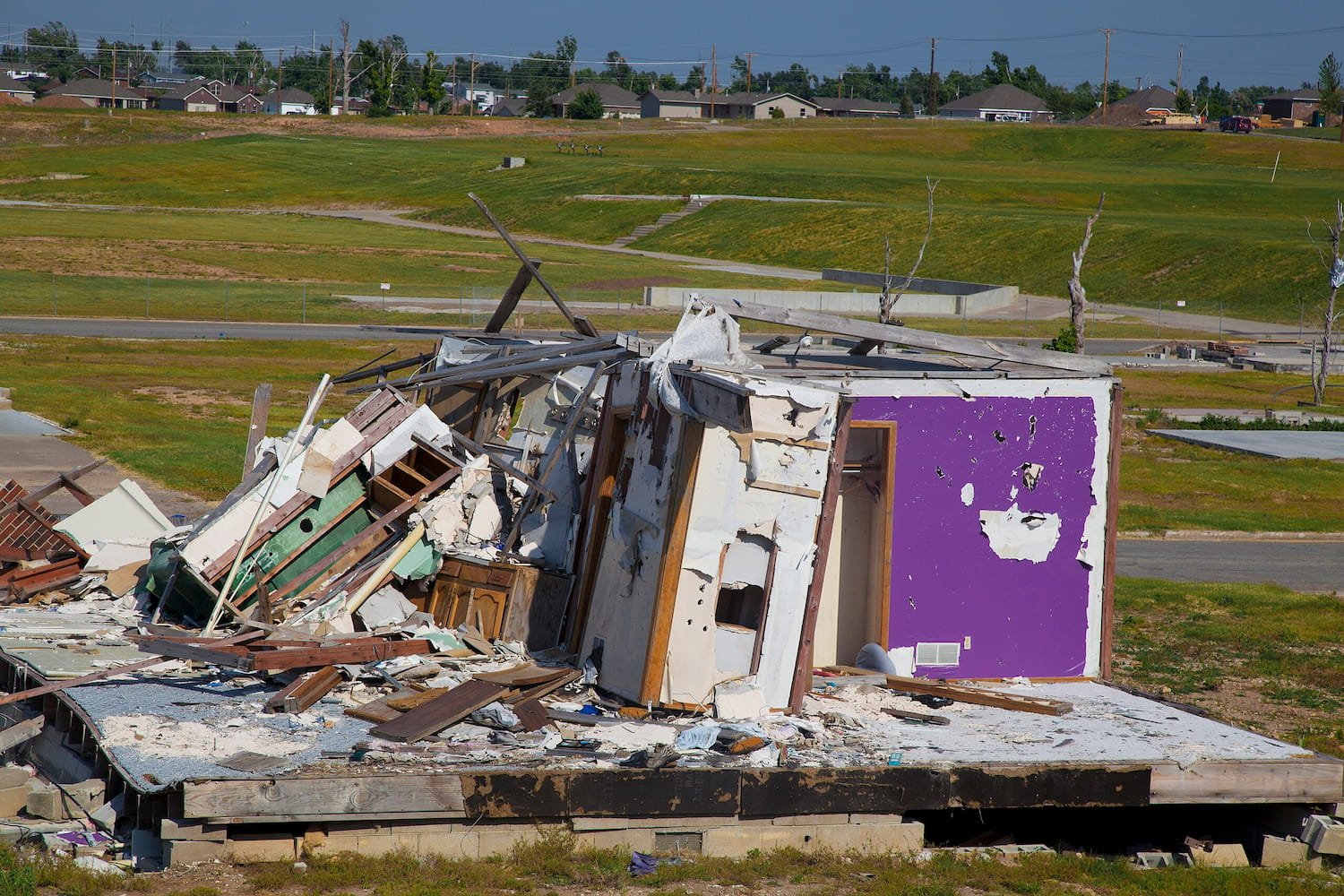
Image courtesy of Department of Homeland Security. Federal Emergency Management Agency. Public Affairs Division. Public domain.
Secret #6
Storm Seasons
In the Atlantic Ocean, hurricane season runs from June 1 to November 30.
Tornadoes can happen any time of year, but in the United States they’re most common in late spring and early summer.
Check out this video about how hurricanes form!
Learn more at NOAA National Hurricane Center and NOAA National Severe Storms Laboratory.
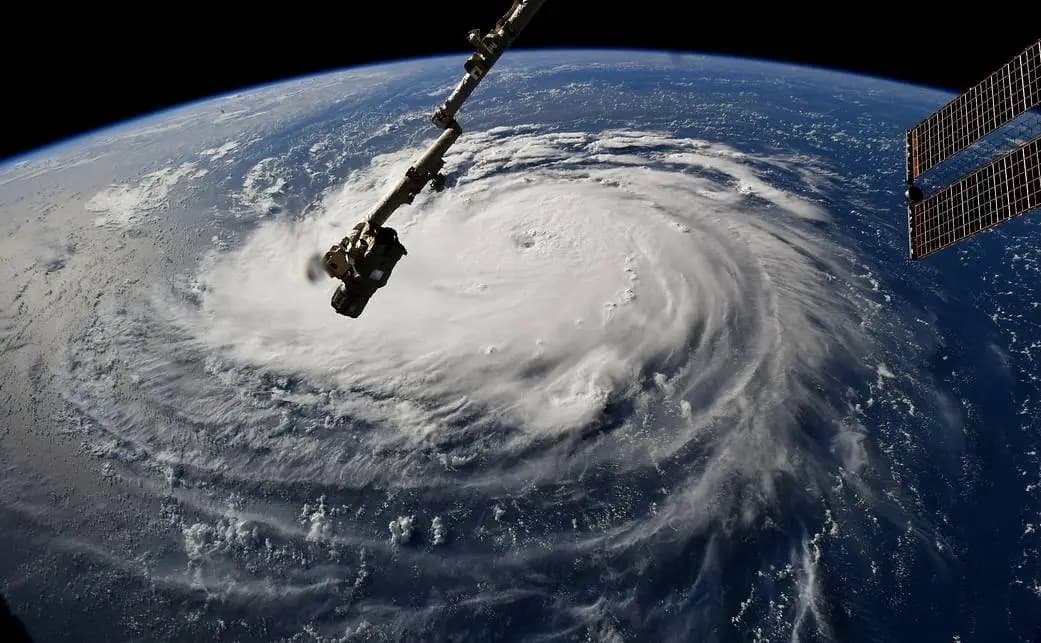
Image courtesy of NASA, captured from the International Space Station. Public domain.
Secret #7
Twisters in Space
On Mars, huge dust devils can be miles high and leave long streaks across the surface.
They’re not tornadoes exactly, but they’re the Martian cousins of Earth’s spinning storms.
Check out this video of a dust devil on Mars!
Learn more at NASA.
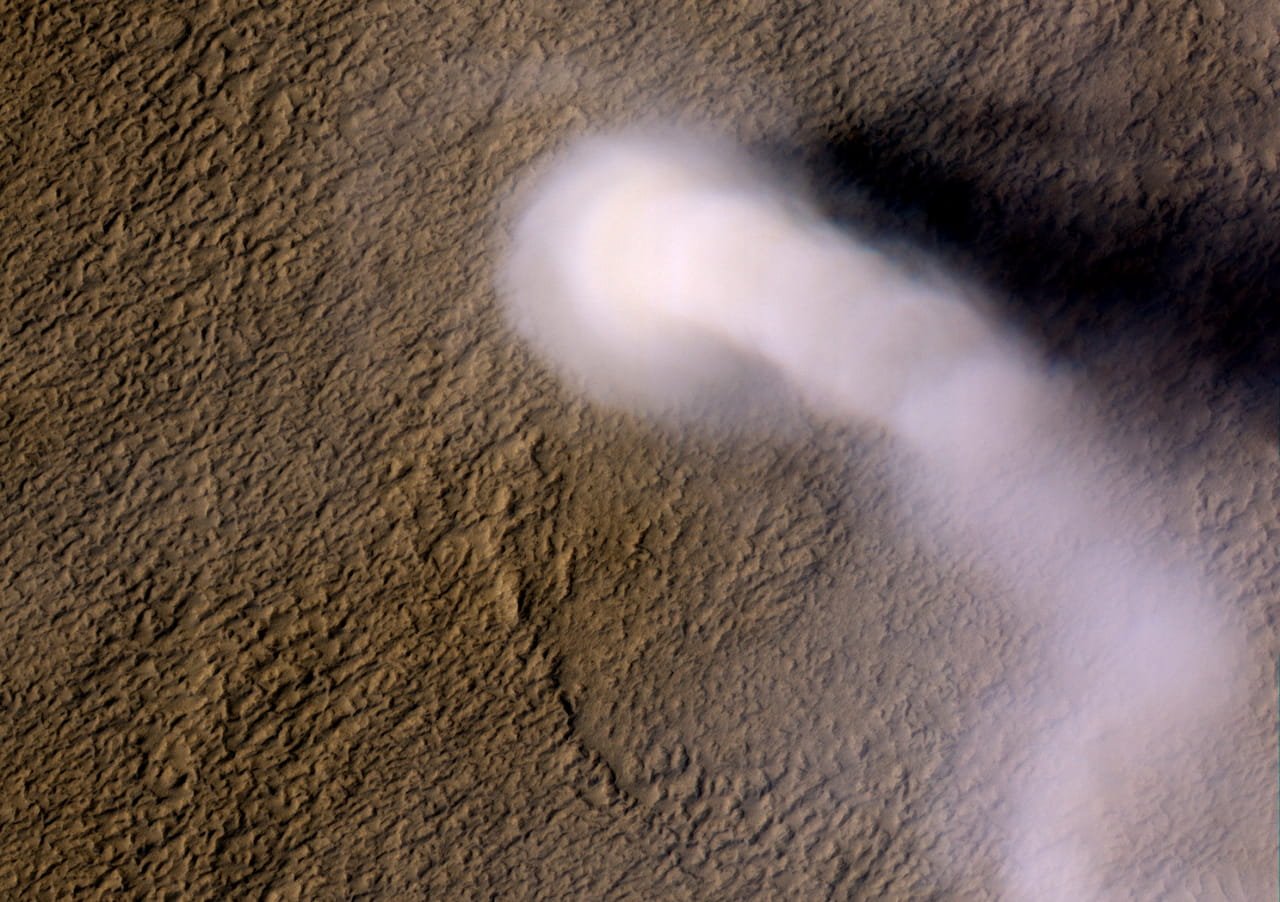
Image courtesy of NASA, captured by NASA's Mars Reconnaissance Orbiter. Public domain.
Secret #8
Hurricane Cleanup
After a hurricane, neighborhoods that flooded have to clean up a lot.
People put all the things the storm ruined into giant piles on the streets. The neighborhoods can have small mountains of junk for weeks.
Check out this video of the cleanup after Hurricane Harvey in Texas.
Learn more about cleaning up after flooding at U.S. Environmental Protection Agency.
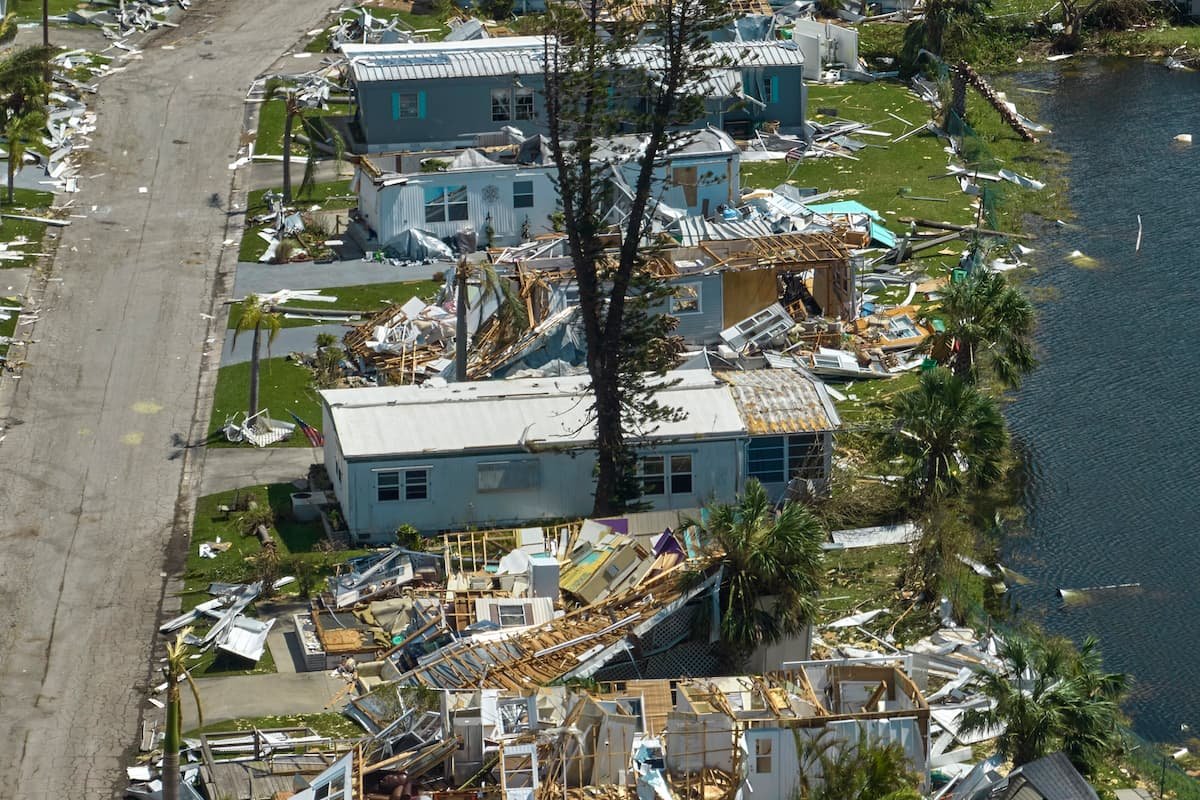
Secret #9
No Tornadoes in Antarctica
Tornadoes form from powerful thunderstorms, and those storms need two main ingredients:
Warm, moist air near the ground
Cooler, dry air above it
Antarctica is the coldest and driest continent on Earth. Because the air is so consistently cold, it doesn’t get the mix of warm, moist air and cool air needed to create tornadoes.
Check out this video about why North America has the most tornadoes in the world.
Learn more at Royal Meteorological Society.
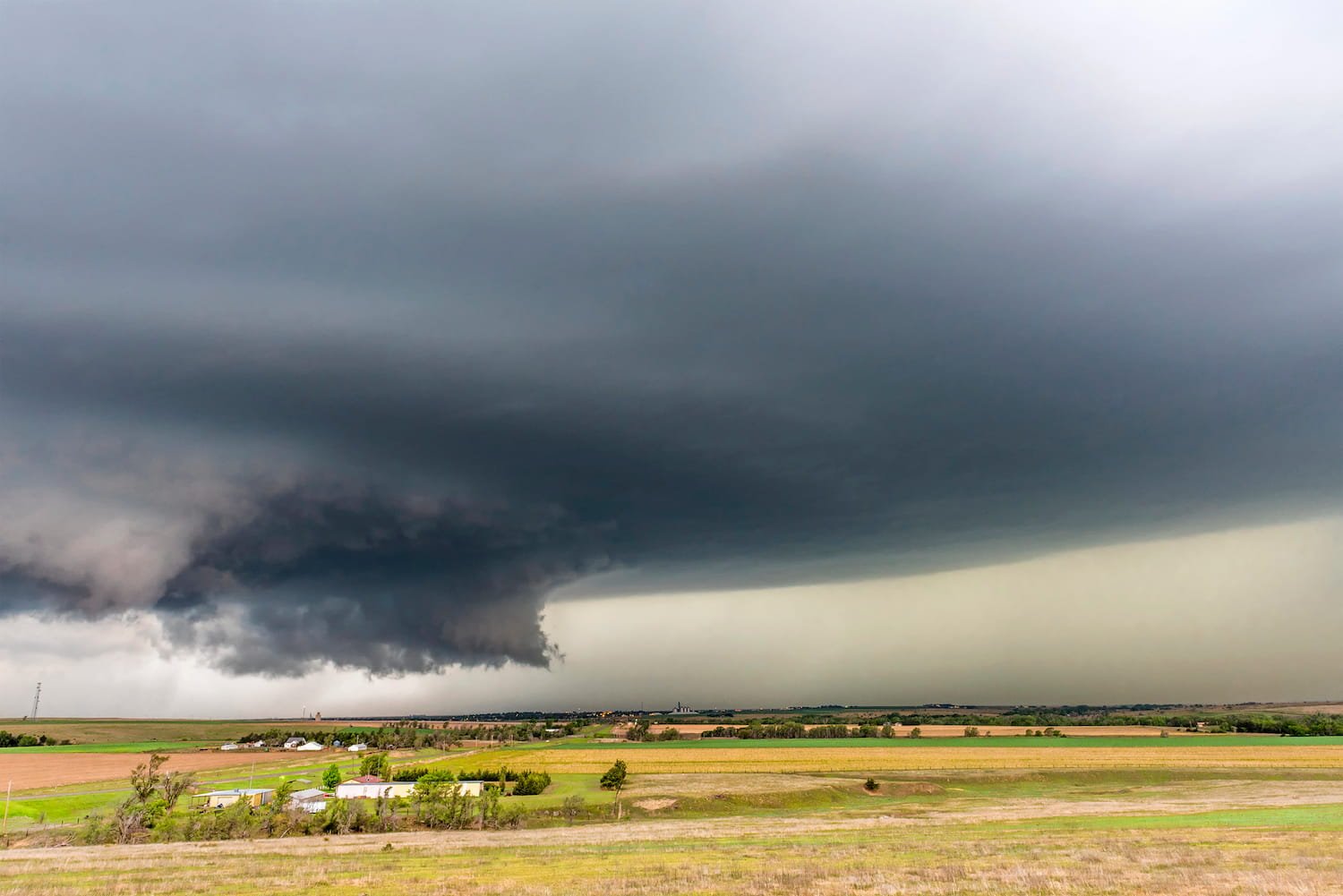
Secret #10
Hurricanes Never Cross the Equator
Hurricanes cannot cross the equator, which is the imaginary line that circles the middle of Earth.
That’s because hurricanes in the top half of the world spin one way, and hurricanes in the bottom half spin the opposite way.
A giant hurricane is like a big spinning top. It’s too big to just stop and change directions!
Check out this video about how hurricanes work!
Learn more about how Earth’s rotation affects hurricanes at NOAA’s SciJinks.
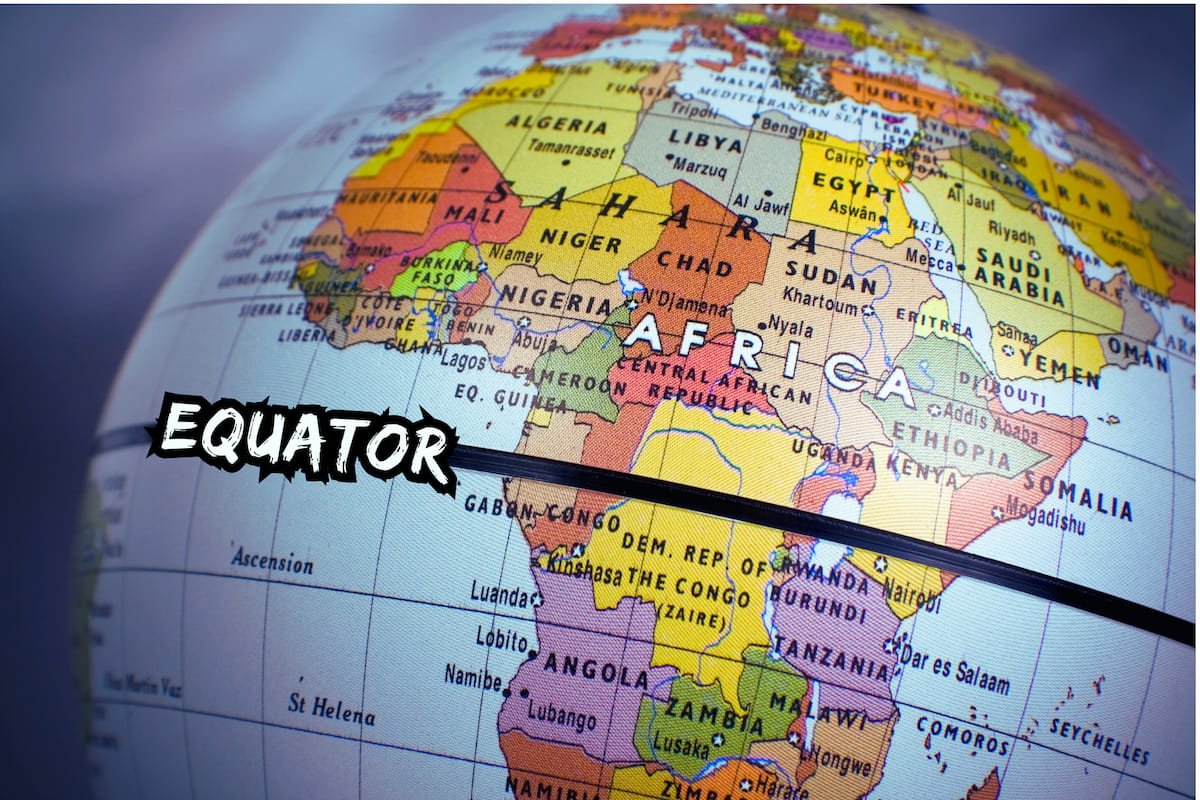
Quick Note
Videos linked or embedded on this page are provided from various third-party organizations through their official YouTube channels.
Roohawk Studios is not affiliated with, endorsed by, or sponsored by these organizations.
All video rights remain with their respective content owners. Videos are shared here under YouTube’s Terms of Service via public embed options.